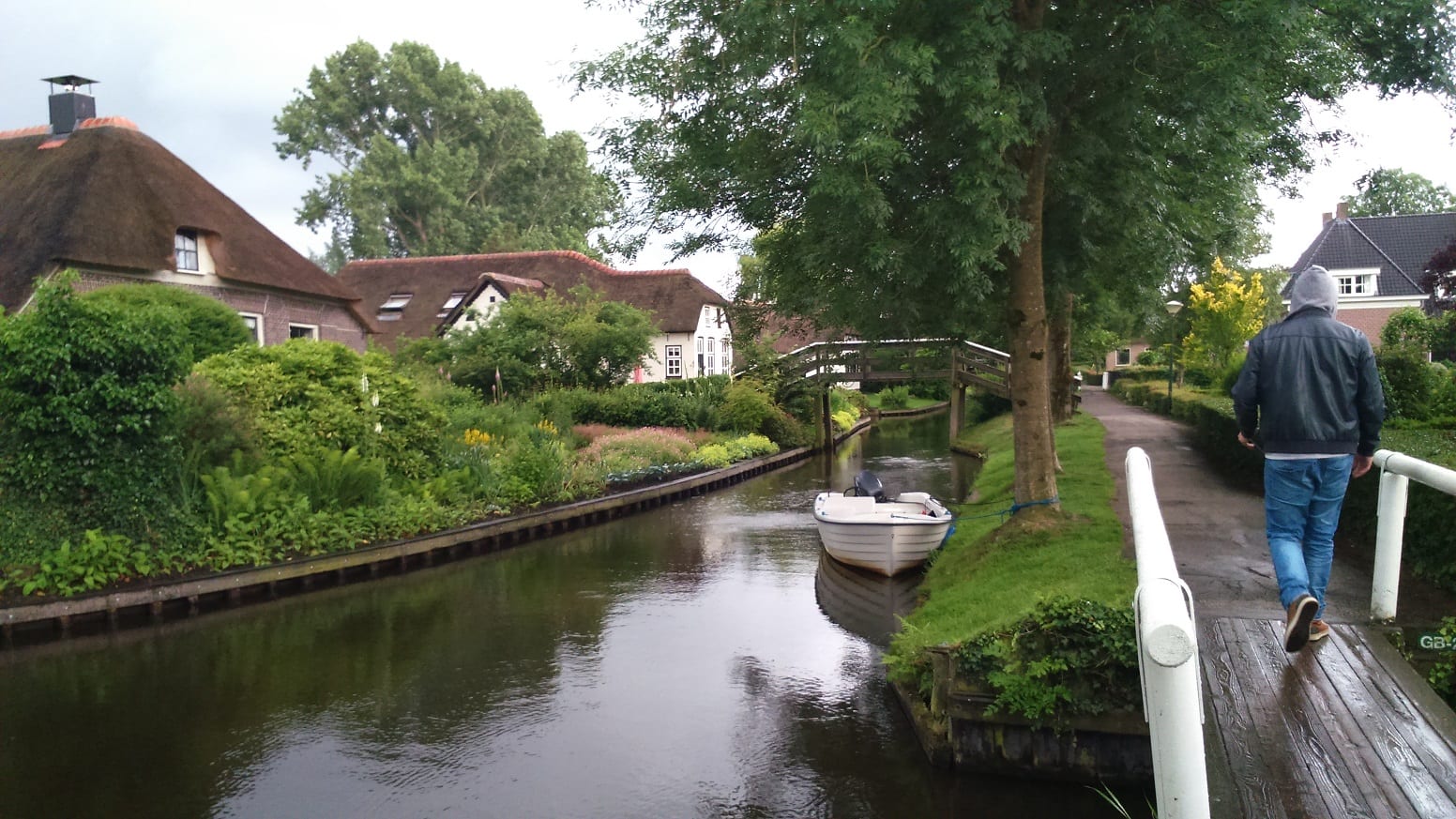







REPOTER

- Martha Hickey
- JobTeacher, Illustrator
She was born and raised in Amsterdam and has lived in Japan for 2,5 years as part of her studies. She is very interested in the connection between culture and communication between Dutch and Japanese. Other than that, She enjoys riding her bike, working as a teacher, illustrator and trying-out new cafe's with friends. Graduated from Leiden University in 2014 (MA Asian studies/Japan), She is now developing Dutch learning materials for native Japanese learners which also explain cultural differences.
What's New
-

- 2025.12.17
- More and More Ice Cream Parlors are Opening
- Sao paulo( Brazil )
-

- 2025.12.09
- The least-Italian city in Italy
- Milan( Italy )
-

- 2025.12.08
- Dover cliffs
- London( UK )
-

- 2025.12.05
- Returning to Japan After Ten Years: Can You Feel Homesick for a Foreign Country?
- Bishkek( Kyrgyz Republic )
-

- 2025.12.04
- Building connections at a senior center in Sydney through calligraphy and Japanese culture
- Sydney( Australia )
-

- 2025.12.03
- Blog Liguria - Genoa’s lifts
- Genoa( Italy )
REPORTER
-

- Nami Minaki Sandra
- Sao pauloBrazil
-

- Yuriko Mikami
- MilanItaly
-

- GianFranco Belloli
- LondonUK
-

- Daniiar Bakchiev
- BishkekKyrgyz Republic
-

- Hiroko Fujita
- SydneyAustralia
-

- Patrizia Margherita
- GenoaItaly
-

- Shoko Yamamoto
- ParacasPeru
-

- Megumi Ota
- Santo_isidoroPortugal
-

- Chieko Suganuma (maiden name : Nagura)
- Gold CoastAustralia
-

- Susumu Yamada
- MadridSpain
-

- Patrick Sacco
- Austin, TexasU.S.A
-

- Alberto Ferrando
- SydneyAustralia
-

- Patrizia Margherita
- PortlandU.S.A
-

- Chuleeporn Suksabye
- Chiang MaiThailand
-

- Padra Rivodo Hiromi
- MonterreyMexico
-

- Erika Anderson
- CarmelU.S.A
-

- Keiko Miki
- DublinIreland
-

- Knowledge Capital Staff
- Japan-townJapan
-

- Rim
- DusseldorfGermany
-

- Claudia Diaz
- New YorkU.S.A
-

- Zia Fariya
- BangaloreIndia
-

- Mara Groner
- BerlinGermany
-

- Lisanne Kleinjan
- RotterdamNetherlands
-

- Christine Pilcavage
- MassachusettsU.S.A
-

- Martha Hickey
- MichiganU.S.A
-

- Mirai Tsuda
- FirenzeItaly
-

- Kazuya Yamaoka
- MontereyU.S.A
-

- Takae Nagamiya
- Los AngelesU.S.A
-

- Kazuhito Habu
- BerlinGermany
-

- Sanja Bogetic
- BelgradeSerbia
-

- Sarena Ehrlich
- FontainebleauFrance
-

- Yves Lalune
- DijionFrance
-

- Martha Hickey
- AmsterdamNetherlands
-

- Hiroshi Yamauchi
- VilniusLithuania
-

- Ritsuko Derickson
- WashingtonD.C.U.S.A
-

- Rei Watanabe
- BerlinGermany
-

- Tatsuji Seki
- BangkokThailand
-

- Rubin Cynthia Beth
- New HavenU.S.A
-

- Miho Bokuda
- FirenzeItaly
-

- Pat Lee
- Hong kongChina
-

- Weikalossu Lin
- TaichungTaiwan
-

- Emiko Ogawa
- LinzAustria
-

- Hironari Masuda
- ShanhaiChina
What's New
-

- 2025.12.17
- More and More Ice Cream Parlors are Opening
- Sao paulo( Brazil )
-

- 2025.12.09
- The least-Italian city in Italy
- Milan( Italy )
-

- 2025.12.08
- Dover cliffs
- London( UK )
-

- 2025.12.05
- Returning to Japan After Ten Years: Can You Feel Homesick for a Foreign Country?
- Bishkek( Kyrgyz Republic )
-

- 2025.12.04
- Building connections at a senior center in Sydney through calligraphy and Japanese culture
- Sydney( Australia )
-

- 2025.12.03
- Blog Liguria - Genoa’s lifts
- Genoa( Italy )












